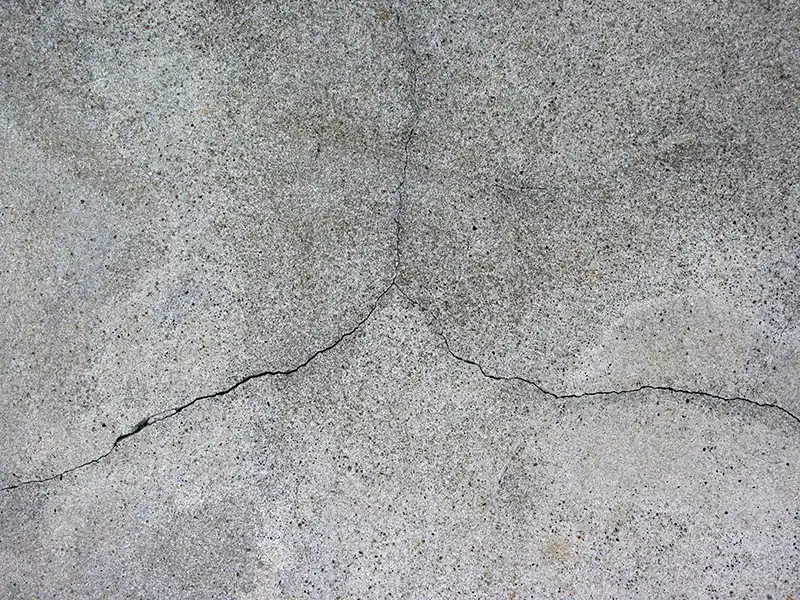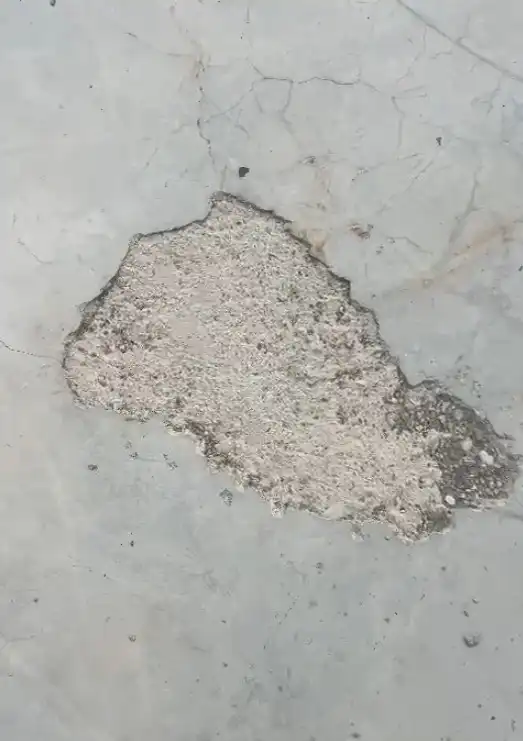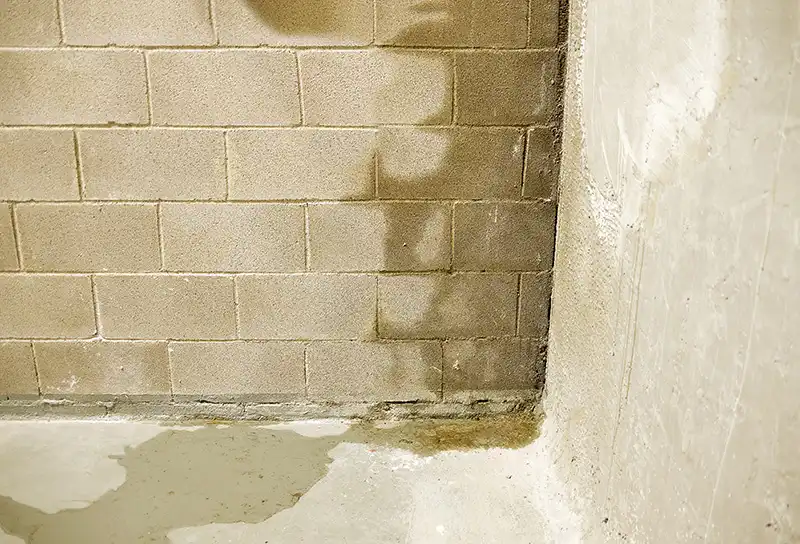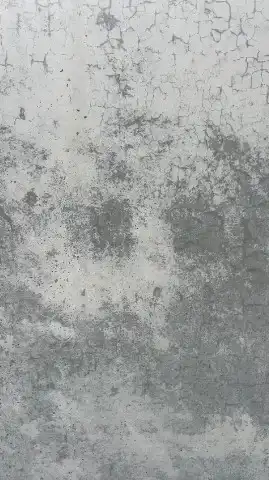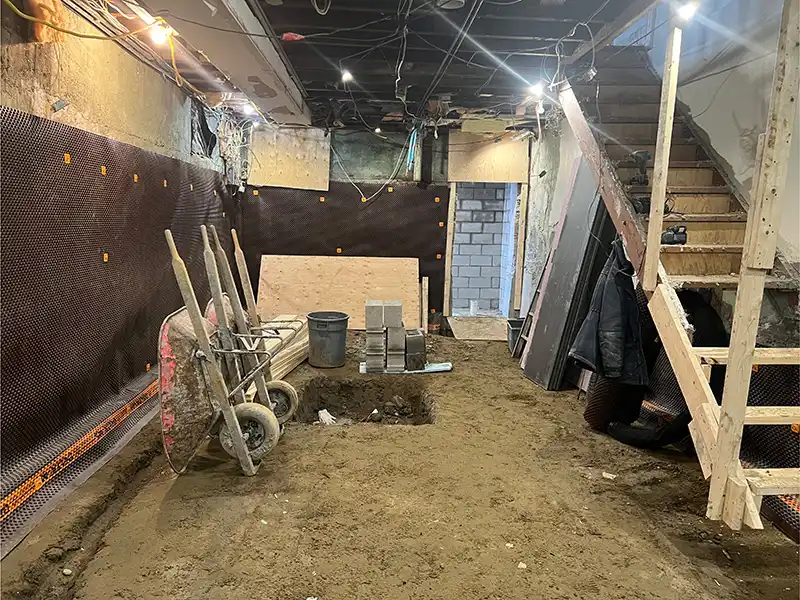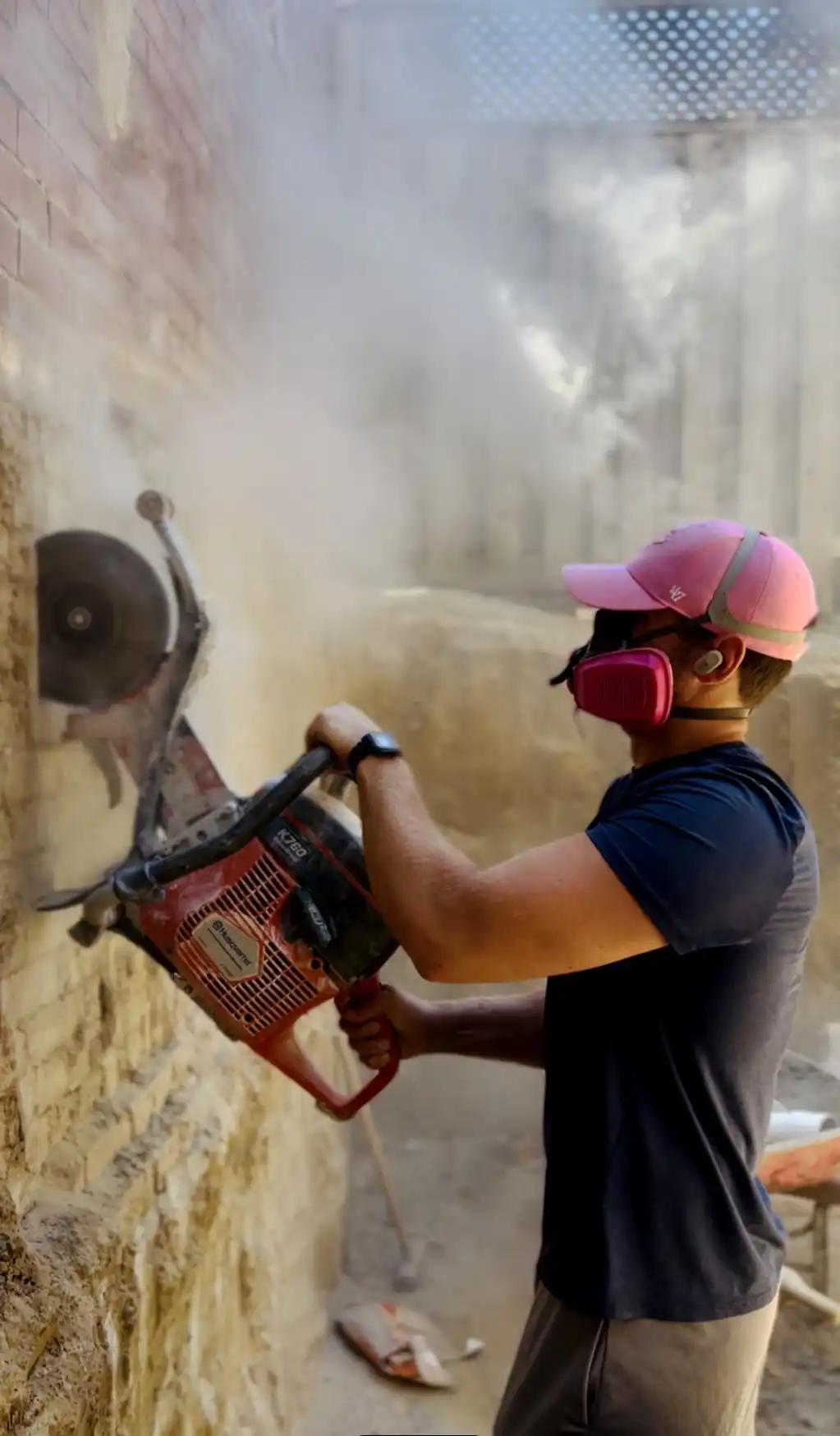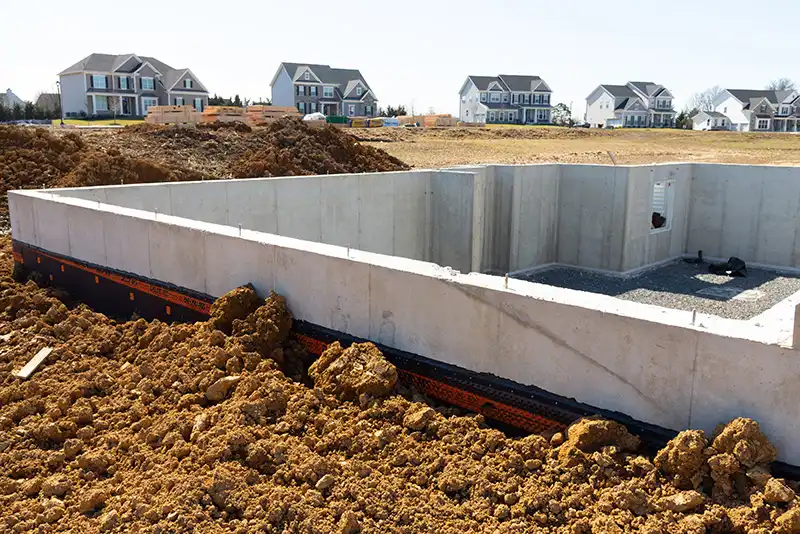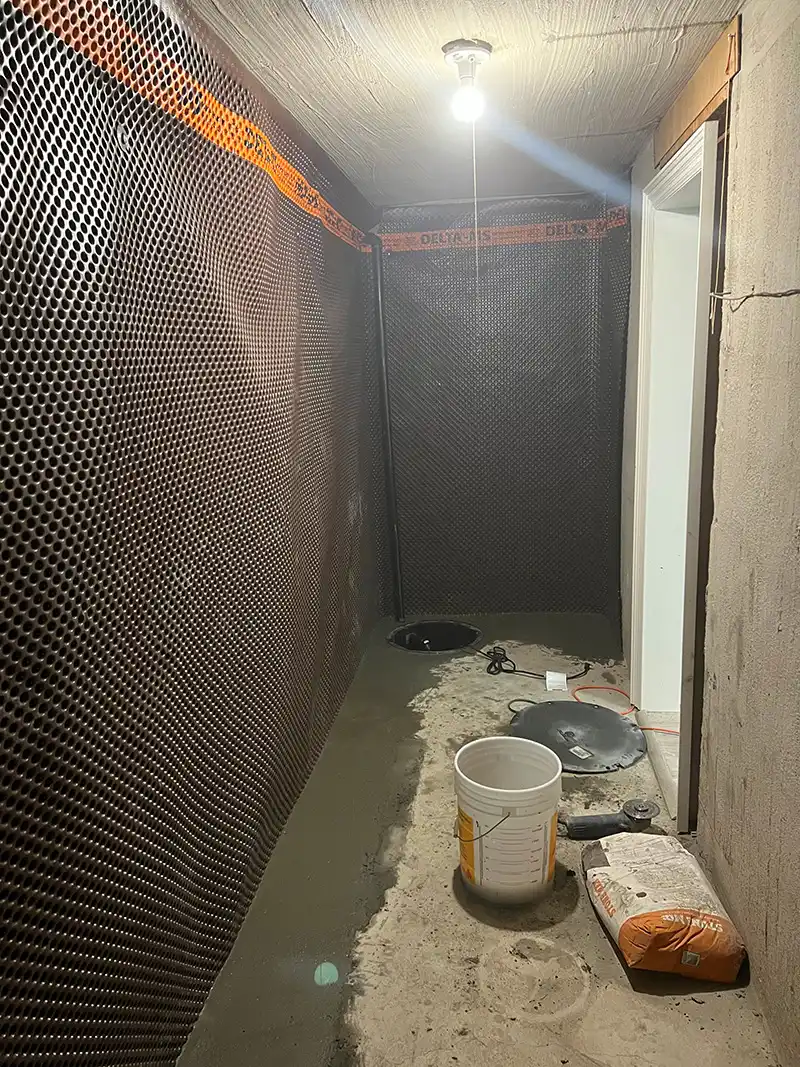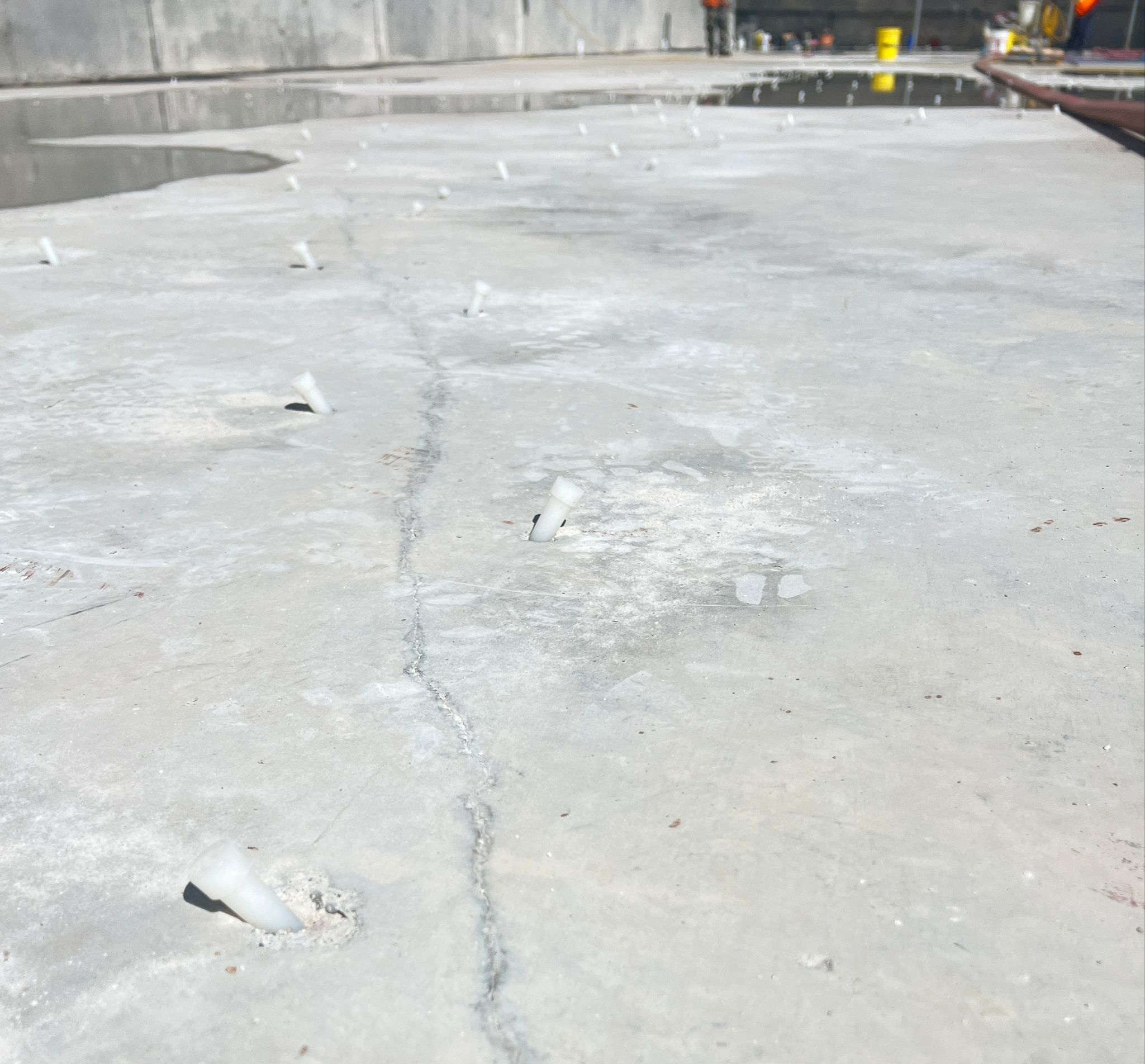Foundation Crack Types - Complete Identification Guide
Learn to identify every type of foundation crack - vertical, horizontal, diagonal, and stair-step patterns. Understand which cracks are cosmetic vs structural, when to worry, and proper repair methods. Expert guide for Toronto homeowners.
Quick Crack Assessment
Immediate Attention Required:
- Any horizontal crack
- Cracks >1/4" wide
- Bowing walls
- Active movement
- Water infiltration
Monitor Closely:
- Diagonal cracks 1/8-1/4"
- New vertical cracks
- Corner cracks
- Seasonal changes
Usually Cosmetic:
- Hairline verticals
- Stable shrinkage cracks
- Surface patterns
- Old dormant cracks
Service Areas
Service Areas: Toronto, North York, Scarborough, Etobicoke, East York, York, Mississauga, Brampton, Vaughan, Richmond Hill, Markham, and surrounding areas.
When in doubt, get professional assessment. The cost of evaluation is minimal compared to missed structural problems or unnecessary repairs on cosmetic issues.

